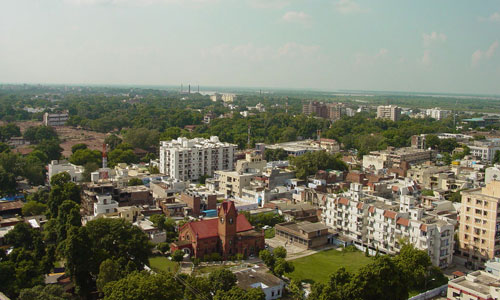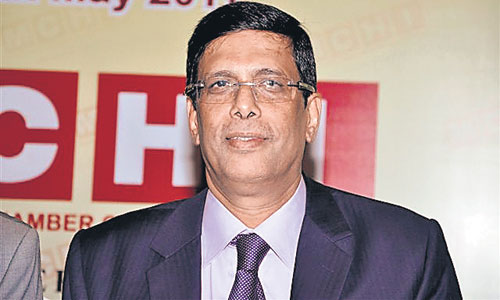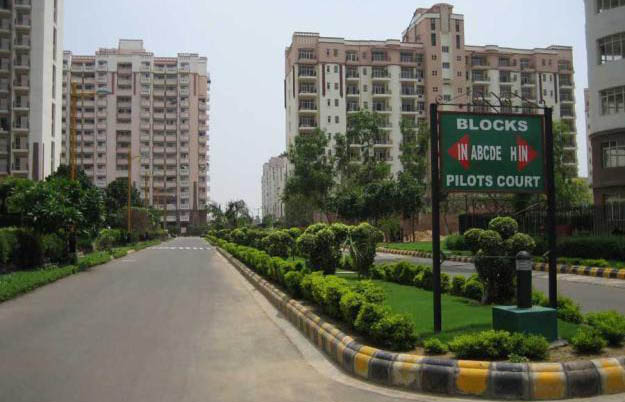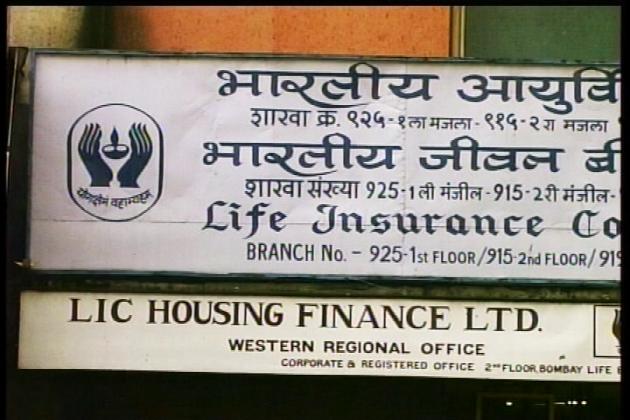
Banks too fell prey to Emaar MGF
While 560-odd investors were duped by Emaar MGF, banks too were defrauded.

While 560-odd investors were duped by Emaar MGF, banks too were defrauded.

It may surprise to many, but the fact is that the housing finance sector has steadily and consistently been posting impressive growth, despite the numerous challenges in the sector.

Kick-starting a Consumer Redresser Mechanism, The Maharashtra Chamber of Housing Industry (MCHI), the representative body of real estate industry, has decided to enforce a “Code of Conduct.” among its developer members.

The Reserve Bank of India has laid out strict and tedious due diligence standards for banks in sanctioning loans to the real estate sector.

Indian buyers usually pay for apartments before construction has been completed. Many buyers do not take out mortgage loans (the ratio of housing loans to GDP is less than 5% in India).

With liquidity from traditional channels like banks and equity markets drying up for property developers, non-banking finance companies (NBFCs) have raised rates for loans to real estate companies by two-three percentage points (200-300 basis points). The rates have gone up from 15-19 per cent to 17-22 per cent. The rates vary according to the developer, the project and the requirement of the company, say NBFCs and consultants.

The Confederation of Real Estate Developers’ Association of India has expressed concern over “painting” the ‘loan-for-bribe’ as a scam. It says such negative projection would lead to drastic reduction in credit for real estate companies.

Equity capital inflows touched USD 8.9 billion between January and September, registering a 46% Y-o-Y growth. The strong momentum in deal volume continued, with about 200 deals reported during this period, compared to 151 deals in the same period last year. The average deal size also increased to nearly USD 45 million in the first nine months of 2024 from about USD 36 million in 2023. Mid-sized deals, ranging between USD 10-50 million, represented 56% of the total investment inflows during this period.

The question here is why are these builders not executing registries even after obtaining the OC (Occupancy Certificate) & CC (Completion Certificate) from the authorities concerned. The fact is that these smart developers delay & often deny registries to the home buyers to get maintenance of society when it is not registered. They continue to charge hefty amount in the name of society maintenance. Add ot it, revenue that they get from inflated power bills. After the registry of the apartment, majority of apartments buyers are free to form AOA (Apartment Owners’ Association).

RERA is yet again under the scanner after the Supreme Court of India questioned whether it is a rehabilitation center of ex bureaucrats. The functioning and performance of RERA, or rather lack of it, has been challenged at each and every level in now nearly 8 years of its existence. A Track2Realty report. Wait! I am not giving any opinion. My opinion is already there in the public domain. Now the Apex Court in the country, the Supreme Court of India is saying so. I have always maintained that the very purpose of RERA was defeated when the ex-Bureaucrats were made the Chairman and members.
